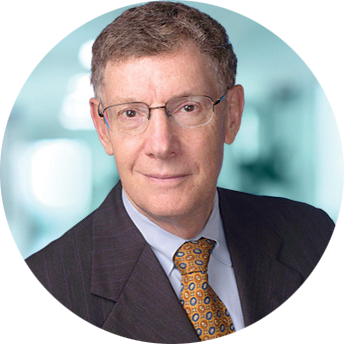Poverty, the bottom line or commonality among the social determinants of health (SDoH), was underscored last month in a New England Journal of Medicine Perspective, “Medical-Financial Partnerships—Beyond Traditional Boundaries.”
“Financial well-being, measured using various metrics, affects nearly every health indicator, from birth weight to longevity. Income is perhaps the most obvious financial metric linked to health. The richest 1% of people in the United States live 10 and 14 years longer (for women and men, respectively) than the poorest 1%.”
To review, SDoH consist of five valid and reliable predictors of well-being focused on:
- Food access—children, black, and senior food access at 1 mile
- Housing/transportation—home value to income ratio > 4:1, homes 500K and up, use of public transit
- Resource access—food access at 20 miles, libraries, religious institutions per 10,000 residents, percentage of people over 65 who work
- Healthcare access—active MDs, OB/GYN, and Peds specialists
Please note only four (not five) bullet points are listed above. Economic security—unemployment rate, labor force participation, income above poverty, insurance—is the foundation for the other four measures. Addressing poverty not only cures many of the problems the world currently faces, but also ultimately makes life more productive and better for those who are suffering.
Food is the most obvious and potentially quickest deficiency to fix for impoverished people. Sadly, about 13 million children live with food insecurity. This immediate need is complicated by the longer-term consequences of malnutrition which contribute to chronic illnesses requiring additional resources to address the lower life span of the disadvantaged person.
Unsafe housing can create a constantly stressed environment that contributes to fatigue and distraction. An inadequate number of rooms and bathrooms as well as dangerous faulty wiring are a few of these strains. Moreover, consider living in an analogous “fire trap” surrounded by unlawful activities, for example having to transport your children to school through a gauntlet of crime, gun violence, drug dealers, and homelessness.
Transportation is another SDoH. Lack of mobility worsens access to work, food, services, education, and recreation. An important side-effect in such neighborhoods is the increased cost of products. Studies have shown the price of common commodities—a gallon of milk—is higher in a “bad” neighborhood than in an affluent suburb. Further, employment suffers because people cannot get to work.
Healthcare insurance, typically expensive, facilitates healthcare access. Federal and state governments’ efforts— Medicare, Medicaid, the Affordable Care Act, and CHIP (children’s health insurance program)—to insure people have been mostly successful but can also be expensive, wasteful, or abused. Active efforts to change from fee-for-service to pay-for-value have been underway for years and may now be accelerating due to the stress from COVID-19.
If all communities were resource-rich, they would provide for everyone across the socio-economic spectrum. High-employment municipalities have sufficient earnings to regularly provide more resources such as libraries, parks, and playgrounds to neighborhoods. Faith-based organizations and other groups form and thrive when participants are not excessively stressed by poverty. Imagine having neighborhoods where streets are safe, children play outdoors, shops are walking-accessible, and families utilize libraries and parks.
At the end of the day, the under-pinning for the SDoH is economic security. Having productive people, appropriately compensated in meaningful work, cures many of society’s ills.
Well-Being parameters include:
- Purpose—liking what you do and being motivated to achieve your goals
- Social—supportive relationships and love in your life
- Financial—reducing stress and increasing security
- Community—liking where you live, feeling safe, and having pride in your neighborhood
- Physical—good health and enough energy to function well






